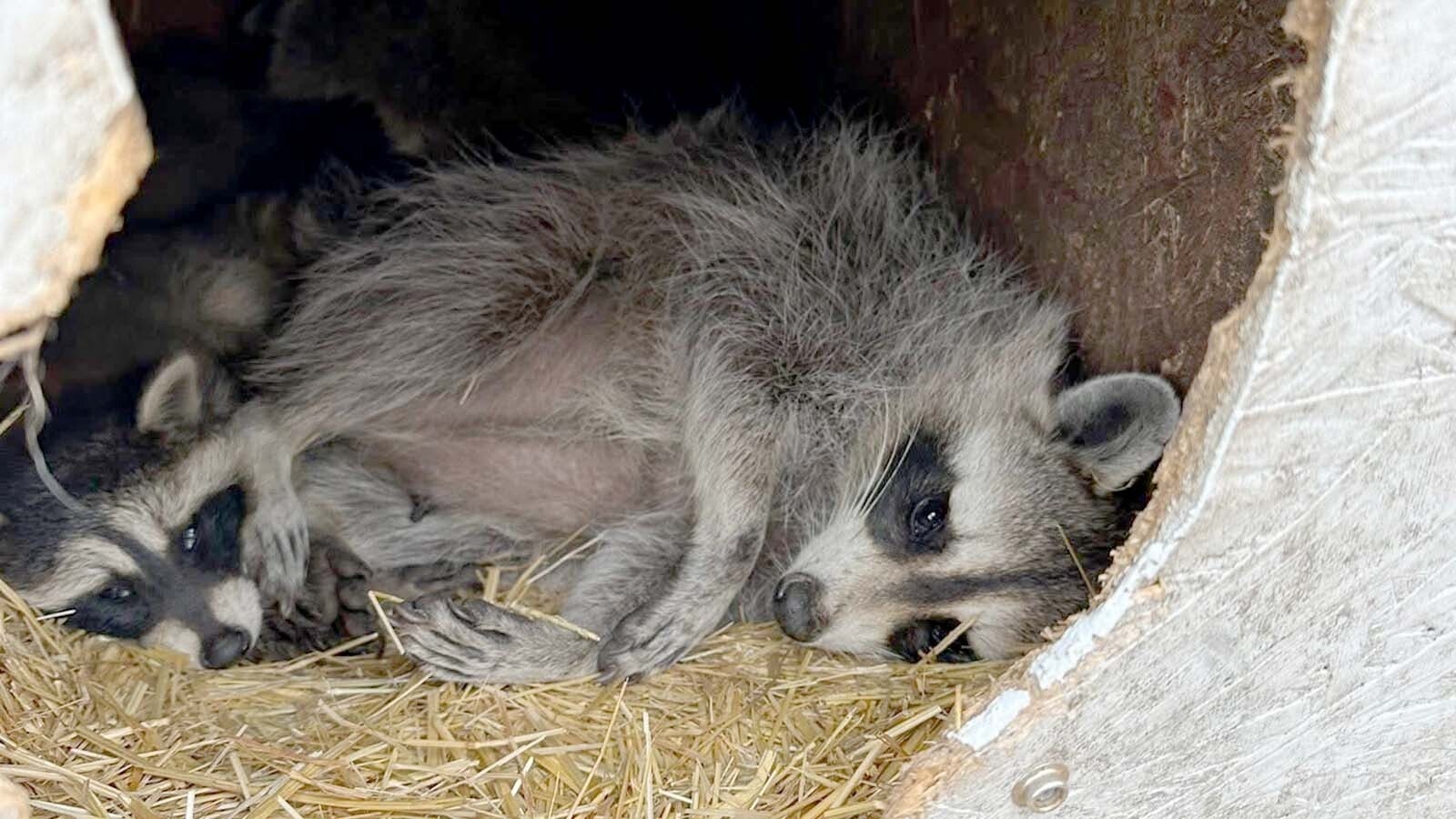A pine beetle epidemic that ripped through Wyoming and surrounding states during the 2000s and 2010s left a legacy that could be disheartening or an aura of ghostly beauty of its own, depending upon one’s viewpoint.
Stands of dead trees, sometimes going on for miles, are a common sight in Yellowstone National Park, and just about anywhere else the Cowboy State’s roads wind through mountains with forested slopes.
In the wake of massive tree die-offs, the Wyoming Department of Transportation and the U.S. Forest Service have scrambled to remove the worst of it. Mostly, those dead trees that were in imminent danger of tumbling into the roadway, possibly even striking vehicles.
There’s no record of any vehicles being crushed by falling dead trees in Wyoming, WYDOT officials told Cowboy State Daily. And at least for now, timbering operations have tapered off.
That means the roadside “ghost forests,” as they might be called, will remain a common sight for a long time to come.
Mass Tree Death, Then Massive Effort
Pine Beetle epidemics have always surged and waned across Western forests. The insects bore into the trees, killing them, but leave them standing. And the dead timber can remain standing for years afterward.
Starting in the early 2000s, the region was hammered by an especially bad outbreak of pine beetles, as the insects invaded timber stands where they hadn’t been before, and the trees were less resistant to their assaults.
“Hazard tree removal along roads and trails has always been standard business as usual for the Forest Service. But the beetle epidemic certainly changed the scale of that, starting around 2000,” Medicine Bow-Routt National Forest spokesman Aaron Voos told Cowboy State Daily.
Bring In The Loggers
During the worst of it, the Forest Service and WYDOT teamed up, sometimes hiring private logging contractors to clear the nastiest snags of dead timber in the most dangerous areas.
One such area was along Wyoming Highway 130 running over the Snowy Range Mountains, WYDOT spokeswoman Jordan Young told Cowboy State Daily.
“The last contract in southeast Wyoming for large-scale timber clearing within the right of way was in 2016,” she said. “Most of WYO 130 between Laramie and Saratoga was cleared by the timber contracts between 2010 and 2016. We had contracts with the USFS to pay for timber removal and separate contracts with logging companies for large-scale timber removal.”
With the large-scale work mostly wrapped up, it’s now a matter of keeping track of particular trees or isolated spots that remain dangerous, she added.
“Since 2016, clearing has been handled as hazard elimination with specific trees, where we contact our local USFS rorest ranger and notify them prior to removal. They usually concur and allow us to remove the individual hazard,” Young said.
Seeing Cleary On Togwotee
Another bad area was along roughly 38 miles of Highway 26/287 going over Wyoming’s famed Togwotee Pass, WYDOT spokesman Cody Beers told Cowboy State Daily.
Timber, both live and dead, had become so thick and tangled growing right up to the road, it was difficult for drivers to see wild animals emerging from the forest. So, it became a particularly bad spot for vehicles hitting wildlife, he said.
“We contracted with logging companies that came in, cut out the dead timber and hauled it off for sale. That was done to widen the footprint of the road and increase visibility so people could see animals coming through the trees,” Beers said.
The speed limit also was lowered from 65 miles per hour to 55 along that stretch, he added.
Beers agreed that the days of hiring contractors seem to be past, at least for now. As things are, WYDOT crews are usually able to respond to tree trouble on their own.
“Trees still fall near the edge of the road. And if a tree is presenting a hazard, one of our maintenance crews will come in and clean it up,” he said.
The Forest Service operates similarly, Voos said. There aren’t any massive roadside clearing efforts currently scheduled on the Medicine Bow-Routt Forest. But if there’s a place where hazard trees are looming over a roadway, campground or structure, Forest Service crews will come cut them out.
Mark Heinz can be reached at mark@cowboystatedaily.com.





